Spargel is a German white asparagus that sends Germans into a frenzy each year during its short season. And it’s easy to see why.
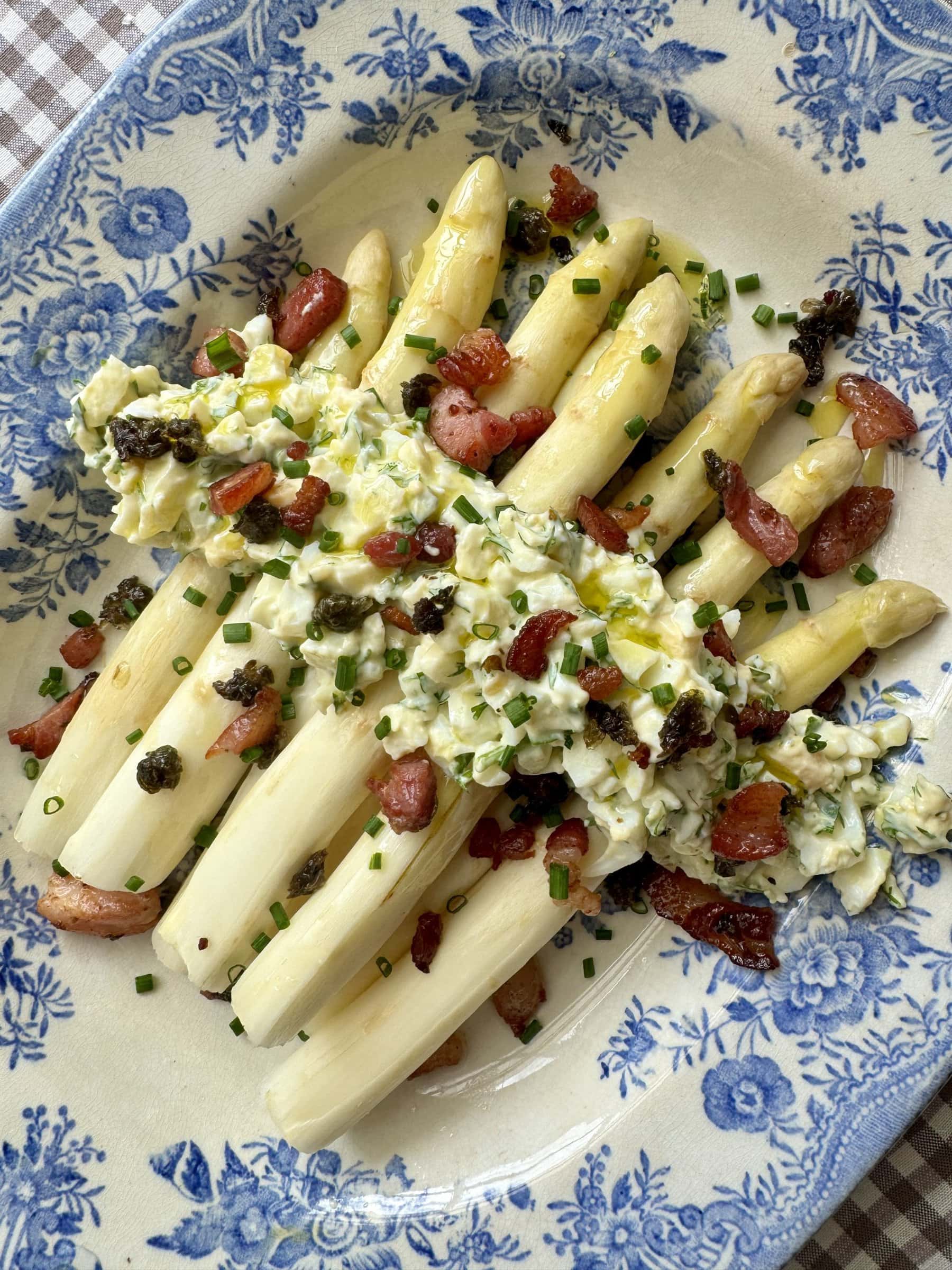
Nicknamed 'White Gold' in Germany, its swift season runs from late March until June 24th, a national holiday that coincides with the beginning of summer. Whilst white asparagus can also be found elsewhere; often in France and even now extending to the UK and US, the Germans are the real fans.
Jump to:
How does Spargel grow?
They grow in little dirt mounds, where the spargel just poke out of the top when ready to be picked. These German delicacies line fields across the spring and summer seasons. They are often in such abundance that you can buy them directly from the local farms, or they are sold on the roadside to passers-by. You’ll find them on the menus of traditional German restaurants throughout this season too. Germany even goes as far as to announce in the news when the start of the harvest for this precious vegetable has begun. Whilst green asparagus is also called spargel, in German, the word “green” [grüner] is added before it to differentiate it. Whereas in the UK or US, green asparagus is the default, white asparagus is actually the default in Germany.
Why so expensive?
Whilst it’s found in abundance in the spring, it isn’t cheap. It’s sometimes more expensive than meat per kilo. Unlike its green cousin, spargel can be awfully bitter if it’s exposed to the sun, not to mention totally discoloured. This is why it is grown in little dirt mounds under a tarp which can be pretty laborious, but the expensive part is the harvest by hand. Workers will use a curved and sharp tool that cuts the asparagus clean from the roots without damaging the spear, as would happen if machinery were used.
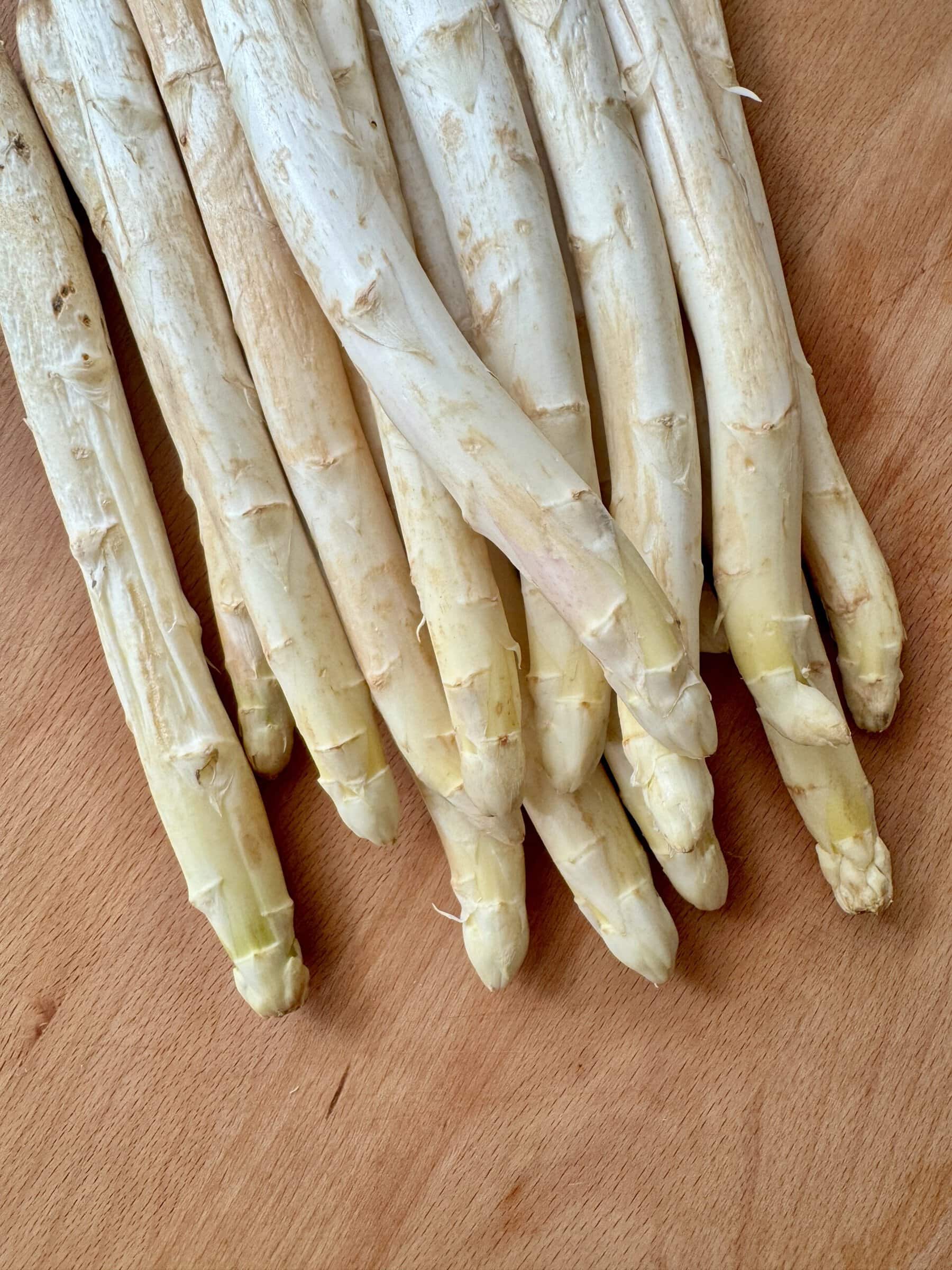
How you can use it
The traditional preparation of spargel involves the usual green asparagus activity: snapping off the woody ends that might be a little too thick and chewy. Then using a vegetable peeler and starting under the tips, peel away the tough outer layer to reveal the inner layer that is more tender. If they are super fresh, my German friend has told me that this isn’t always necessary. She also said she prefers white asparagus to green!
A common way to cook them is in a pan of butter with a lid, or blanched in boiling water, then served with melted butter. Heaven.
Otherwise, serving with hollandaise sauce, ham and boiled potatoes on the side is a common and simple way to serve them. The buttery hollandaise sauce is perfect with the delicate asparagus and with the potatoes too of course.
Frequently Asked Questions
They do come from the same seed but they are grown differently, which is how you end up with different results. Spargel (White) are grown under tarp and dirt to avoid sunlight which keeps them white. If they are exposed to sunlight they turn violet and aren’t sold! Green asparagus is grown uncovered and sprouts out of the ground into the light which turns it green with purple tips (typically)
It runs from April until June 24th in Germany, ending on a Christian festival day in the country. The harvest is so monumental they named it “Spargelzeit” – spargel season!
Spargel has to be harvested predominantly by hand which drives up the cost. Workers use a rounded blade to snip the spargel at their roots to ensure a clean cut and no damage to the delicate stalk. Also, with its shorter season compared to its green variety, the spargel are in high demand which can drive up the price too.
Recipe 1: Spargelsuppe
This is a silky, earthy soup made from Spargel, blended with cream and stock. It's blended until smooth and I like to top it with more spargel, croutons and chives. It's a great way to use the white asparagus and it's a bit different to the classic way of serving them with butter or hollandaise.
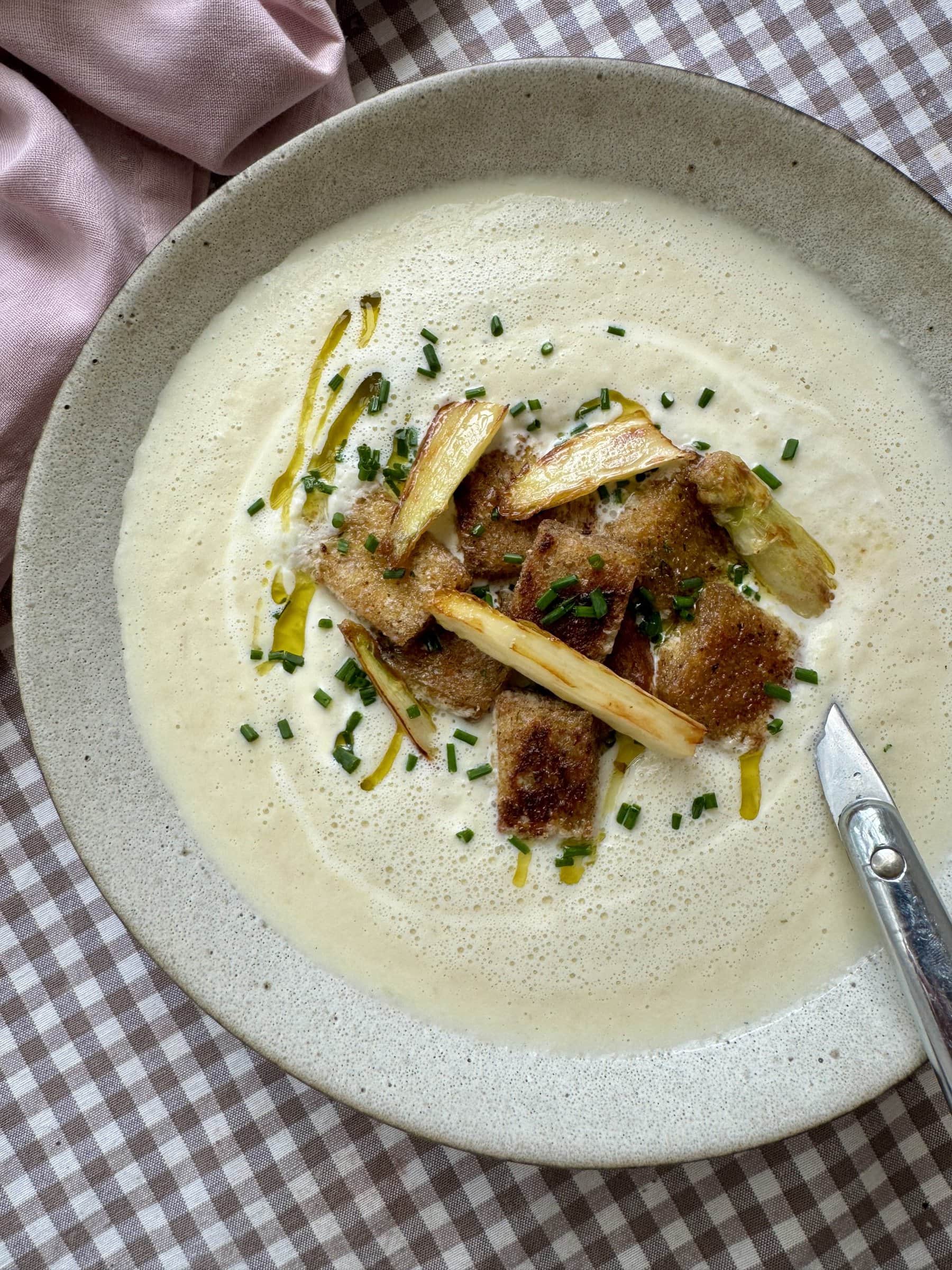
Serves 4
Takes 40 minutes
Ingredients
- 1 shallot, chopped
- Generous knob of butter
- 750g spargel
- 750ml vegetable stock
- 100ml double or single cream
- 1 teaspoon lemon juice
- Salt
- Pepper
- Chives, to top
Method
- Clean the spargel ends by snapping off the woody end of each spear, it should naturally bend at that point. Then peel the thin outer layer of the spargel. They have a fibrous outer layer and peeling them ensures they are tender and sweet. Using a vegetable peeler is the best way, if doing yourself. Otherwise, often spargel farmers will peel them for you at the market stand.
- Once peeled, chop into 5cm pieces and set aside.
- In a large pot over medium heat, melt a generous knob of butter and add the shallot. Season well. Sauté until the shallot is soft and translucent then add the spargel. Cover with a lid and cook for 5 minutes until softening. Remove a few heads of spargel from the pot at this point and set aside. These will garnish the soup.
- Pour in the stock and bring to a boil. Reduce to a simmer and allow to cook for 20 minutes, or until the spargel are totally tender.
- Blend with an immersion (hand) blender until totally smooth. If you don't have an immersion blender, you can use a classic blender but let it cool slightly first as blending hot soup can cause splatters and you risk burning yourself.
- Once blended with the hand blender, add in the cream and the lemon juice. Season very well with salt and pepper. Mix together and taste. Adjust as necessary.
- Ladle into bowls and then top with the reserved spargel, croutons and freshly snipped chives.
Recipe 2: Spargel Mimosa with Crispy Pancetta
This is a delicious way to celebrate spargel. The dressing is essentially an egg vinaigrette and it's supposed to mimic the look of mimosa flowers, hence the name. This is usually done with green asparagus but I love it here with white asparagus. It's sharp and tangy but the egg gives it lovely body. Paired with crispy pancetta and capers, I love it this way.
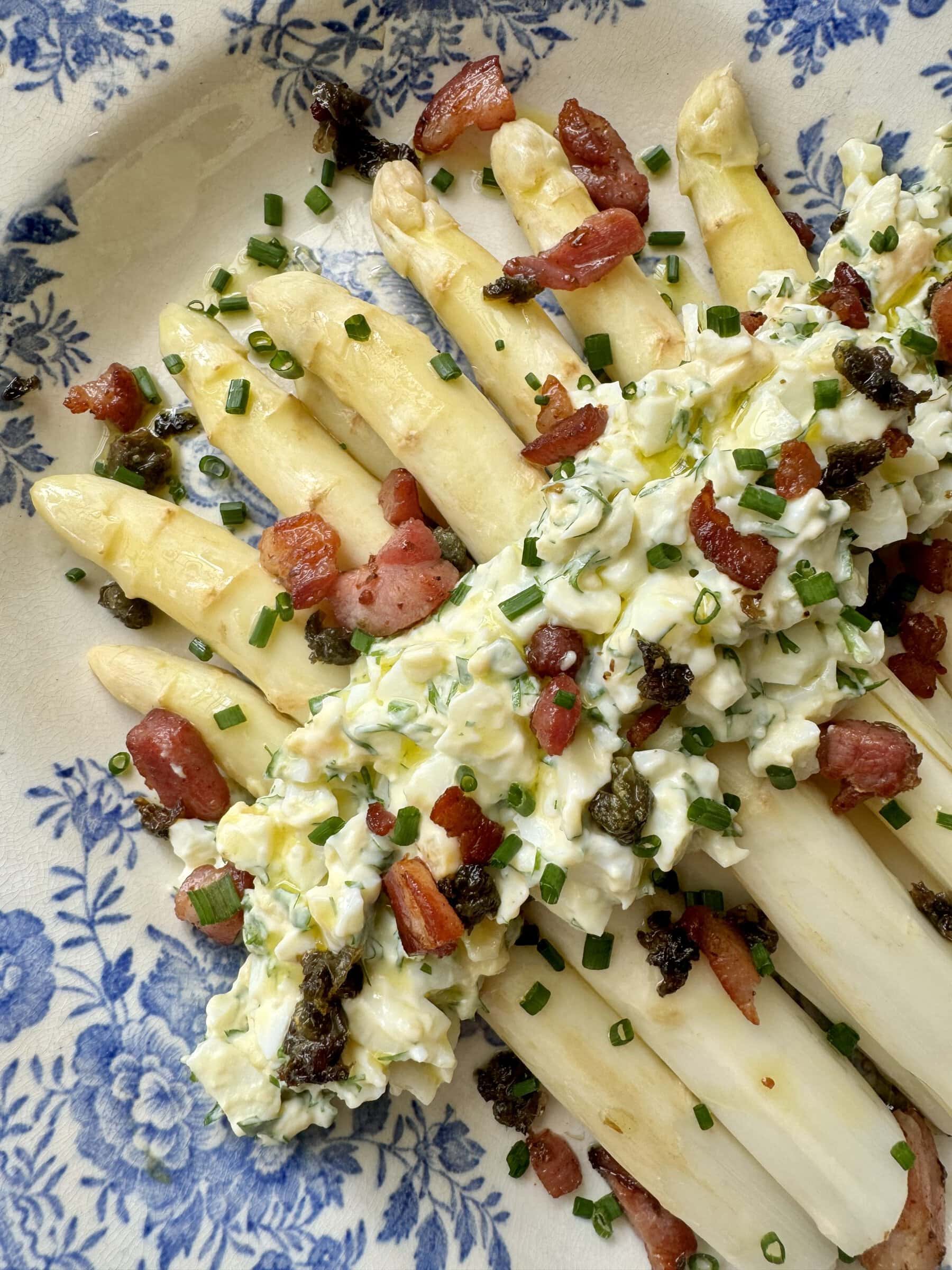
Serves 4 as a side or starter
Takes 30 minutes
Ingredients
- 500g spargel
- Salt
- 2 hard boiled eggs
- 150g pancetta (or bacon)
- 2 tablespoon capers
- 3 tablespoon olive oil
- 2 tablespoon lemon juice
- 1 teaspoon dijon
- ½ teaspoon honey
- Fresh chives
Method
- In a medium pan over medium-high heat, add the pancetta with a teaspoon of oil. Fry for 10 minutes until crispy. For the last few minutes, add the capers until they burst and turn golden. Set aside when done.
- Meanwhile, clean the spargel ends by snapping off the woody end of each spear, it should naturally bend at that point. Then peel the fine outer layer of the spargel. They have a fibrous outer layer and peeling them ensures they are tender and sweet. Using a vegetable peeler is the best way, if doing yourself. Otherwise, often spargel farmers will peel them for you at the market stand.
- Bring a large pot of water to the boil that will fit the spargel lying down. Season the water well with salt and then add the spargel. Simmer for 10-15 minutes until a knife pokes into one without any resistance. They do take longer than green asparagus, don't be alarmed! Just keep prodding them to check. If they are very thick, they may even need longer than 15 minutes.
- Whilst they are boiling, prep the dressing. Chop the eggs finely and add to a large bowl. Add olive oil, lemon juice, dijon and honey. Season well with salt and pepper and stir gently together. You don't want the egg to turn to mush.
- Drain the spargel once cooked and lay on a plate. Top with the egg dressing and scatter with crispy capers, pancetta and fresh chives. Season with a final sprinkle of salt and pepper and maybe a drizzle of olive oil too, if you fancy it!

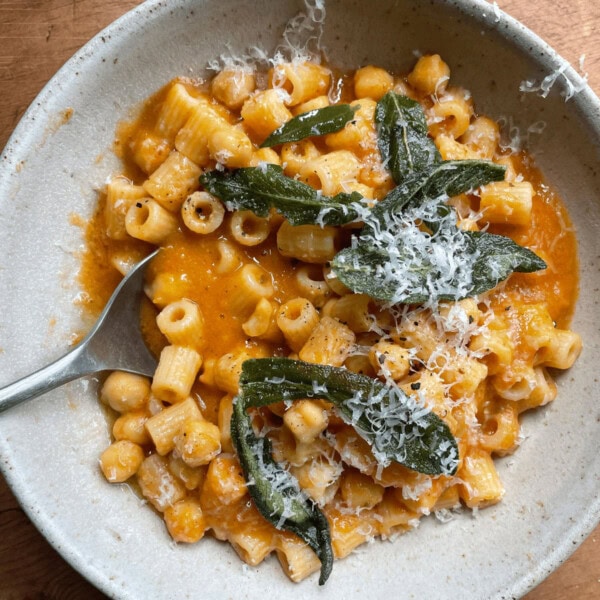
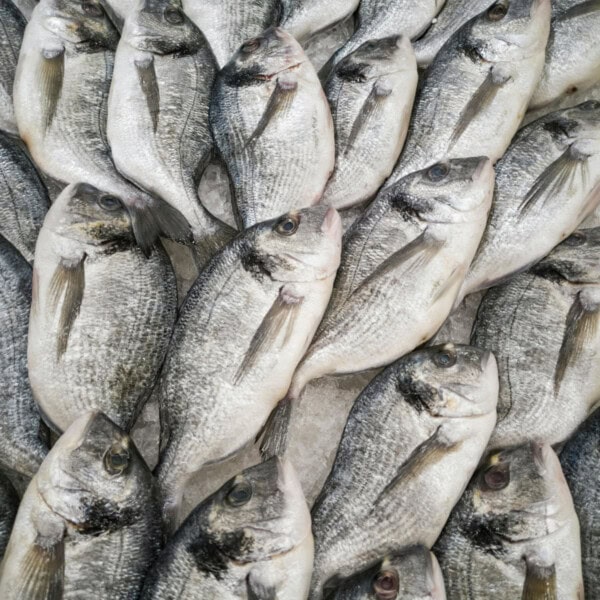
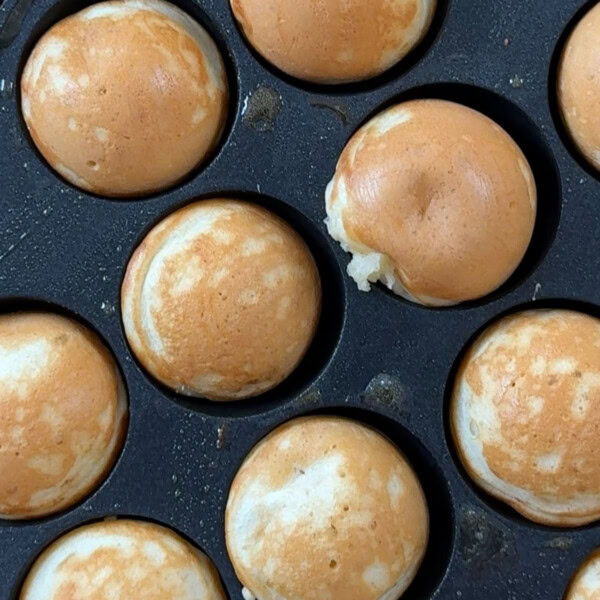
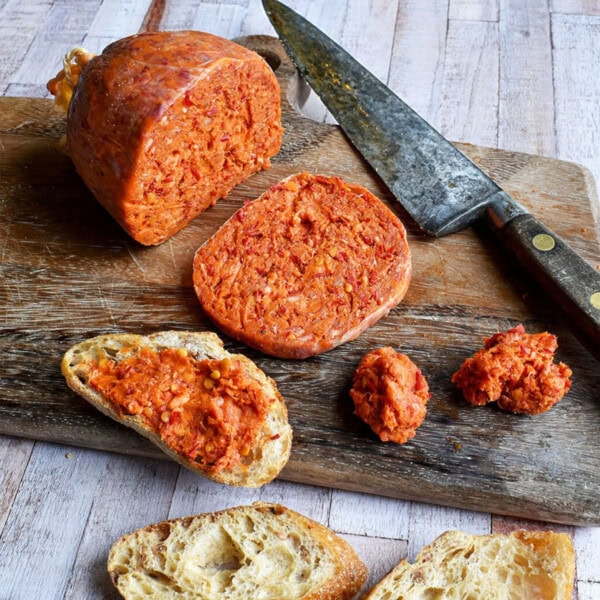
Leave a Reply